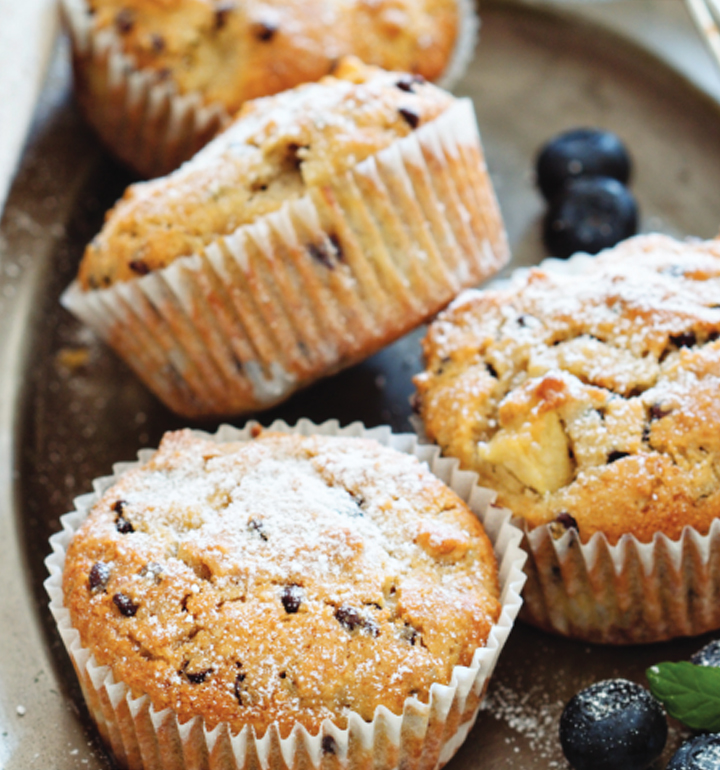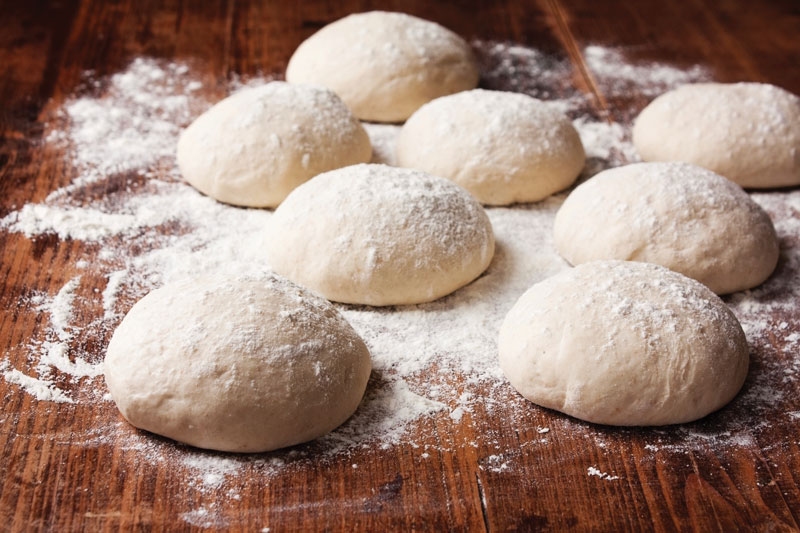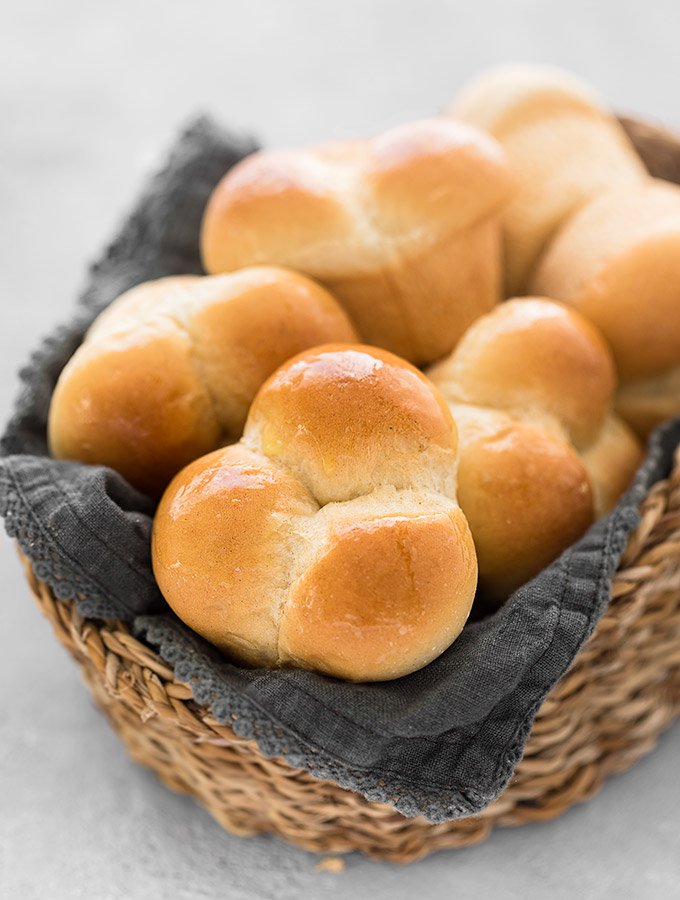KANSAS CITY — Clean label pursuit may take formulators in several different directions, ranging from organic or non-G.M.O. certification to the removal of chemical-sounding names or “free-from” ingredient lists. Whatever path food companies choose, selecting the right ingredients is key. Enzymes and inactive yeast are two popular options for grain-based foods.
The case for taking a clean label path has strengthened.
The report “Organic and Clean Label Food Consumer in the U.S.” from Packaged Facts, Rockville, Md., found 53% of adults said they are buying more natural and organic foods than ever before. In the International Food Information Council Foundation’s 2018 Food & Health Survey, nearly 30% of respondents said it was “very important” to recognize the ingredients listed on the package while about 5% said it was “not at all important.” A 2017 report from The Hartman Group, Bellevue, Wash., revealed 58% of consumers said they look for foods and beverages that contain only ingredients they recognize.
“(Clean label) has come to epitomize the need for ingredient transparency, sustainability and nutrition,” said Peggy Dantuma, director technical sales — bakery for Kerry, Beloit, Wis. “Although clean label as a term is not yet mainstream, it helps consumers identify good ingredients and gives them more trust in their food sources. Looking at the growth around ingredient transparency, claims around no artificial preservatives, colors and flavors have continued to gain steam in 2018. We’re seeing large brands either launching new products with these claims or renovating existing products and brands to align with consumers’ expectations.”
“(Clean label) has come to epitomize the need for ingredient transparency, sustainability and nutrition.” — Peggy Dantuma, Kerry
Matt Feder, vice-president of sales and marketing for Cain Food Industries, Inc., Dallas, added, “An ideal ingredient deck might read flour, water, sugar, yeast, salt, shortening, cultured wheat flour and enzymes. To achieve this, bakeries are eliminating traditional dough conditioning systems like A.D.A., DATEM, S.S.L., mono- and diglycerides, C.S.L., L-cysteine products and chemical-based ingredients like calcium propionate.”
Product labels featuring non-G.M.O. and organic ingredients have grown in the past year as has the drive away from artificial preservatives and the removal of other ingredients like emulsifiers that are unfamiliar to consumers and sound like chemicals, said Nicole Rees, product director, AB Mauri North America, St. Louis.
“Clean label is a bit subjective to today’s bakers and consumers and can really cover a wide variety of areas including: organic, non-genetically modified (non-G.M.O.), shorter ingredient lists, ingredients that people recognize because they have them in their kitchens and free from artificial preservatives, colors and flavors,” she said.
Dawn Foods, Jackson, Mich., balances taste, cost and quality with consumer desire for ingredients they know and recognize, said Adam Graber, senior director, global innovation at Dawn Foods.
“We also see clean label as an evolving conversation that doesn’t have a static interpretation,” he said. “Without a one-size-fits-all definition of clean label, we see our company as a strategic partner for our customers, collaborating on custom products that meet their specific requirements within the clean label category.”

In 2016 Dawn launched a line of bases and mix offerings that included crème cake bases, a brownie mix, a yeast-raised donut mix and cake donut mixes. The mixes and bases have no artificial colors, flavors, preservatives or sweeteners and contain no partially hydrogenated oils or high-fructose corn syrup.
This October the company will introduce “Dawn Balance Cleaner Ingredients,” which is a portfolio expansion with 14 new offerings that complement the initial clean label products, previously known as Bakers Truth. In October, Bakers Truth will transition to the Dawn Balance name.
The new clean label products that Dawn will launch in October include high-ratio cake mixes (white, chocolate and carrot), buttercreme style icing (chocolate, white, cream cheese), fruit fillings (apple, raspberry, strawberry, lemon and blueberry), donut glaze and donut icing (white, chocolate).
Corbion, Lenexa, Kas., recently added Pristine Organic 522, an organic dough improver, to its portfolio as well as Pristine clean label cake mixes, bases and icing stabilizers.
“Additionally, we’ve introduced several other Pristine items out of our frozen dough line, so that no matter what type of format our customers are looking for, we have a solution to cover it,” said Ashley Robertson, market manager, bakery for Corbion. “For example, our Pristine Relaxer Non-GMO solution is also a highly effective clean label dough conditioner that serves as an alternative to traditional L-cysteine.”
The company’s Pristine line of ingredients includes systems for shortening ingredient lists and/or removing unwanted ingredients such as artificial preservatives, colors, flavors or ingredients with chemical-sounding names, Ms. Robertson said. The Pristine ingredients do not compromise product taste, texture or consistency and have been shown to work in cakes, donuts, pizza dough, tortillas, pita bread and rolls.
Across the industry, Corbion has seen a 69% increase in products developed with cleaner labels and a 46% increase in reformulations to achieve certain “free-from” claims, she said.
Enzymes often are tools in clean label efforts.

Biobake enzymes from Kerry help replace several chemical-sounding ingredients like A.D.A., S.S.L./C.S.L., DATEM, S.M.S., mono- and diglycerides while maintaining operational efficiency and not sacrificing on product quality, Ms. Dantuma said. They provide added dough strength, improved processing and extended shelf life.
Cain offers numerous enzyme-based options, including Trem and Wheat Eze, to remove L-cysteine, Mr. Feder said. The enzyme system in Cain’s MDR Alpha has been shown to replace mono- and diglycerides.
After establishing clean label goals, companies may need to consider what enzymes to use. Some enzymes are produced by microorganisms that are non-G.M.O. while other enzymes are produced by microorganisms that are G.M.O., said Arnaud Deniaud, director of technical services for Lesaffre.
Lesaffre also offers ascorbic acid and inactive yeast as clean label ingredients. Inactive yeast has been shown to work as a replacement for L-cysteine and sodium metabisulfite, two ingredients used for dough relaxation. The selection of the strain and a fermentation process allow Lesaffre to increase the amount of glutathione in the yeast.
“That molecule (glutathione) has great properties when it comes to dough relaxation,” Mr. Deniaud said.
Inactive yeast also may help reduce mixing time. Some bakers prefer to use a straight dough process instead of a sponge-and-dough process, but the major drawback of straight dough is a longer mixing time, Mr. Deniaud said. Inactive yeast reduces the mixing time in straight dough, he said.
Other clean label ingredients from Kerry include UpGrade, which provides natural shelf life extension and is a natural alternative for calcium propionate, and Harvest Sunlec, which is a sunflower lecithin that may be used in non-G.M.O. applications.
 AB Mauri North America offers Qualitase CLM, a technology for reducing and/or replacing mono- and diglycerides in bread and rolls.
AB Mauri North America offers Qualitase CLM, a technology for reducing and/or replacing mono- and diglycerides in bread and rolls.
“In this instance, Qualitase CLM helps improve texture and grain in finished baked foods while fitting a particular need for a clean label ingredient,” Ms. Rees said.
Nabitor OC from AB Mauri North America is an organic-compliant, organic cultured wheat mold inhibition system.
Fermentation is another option.
“Today the knowledge and technology behind fermentation have advanced to match traditional preservation systems delivering desired shelf life through products like fermented wheat, fermented corn and a variety of other fermented carbohydrates,” Mr. Feder said. “Cain’s Alpha Fresh line is a prime example of this.”




